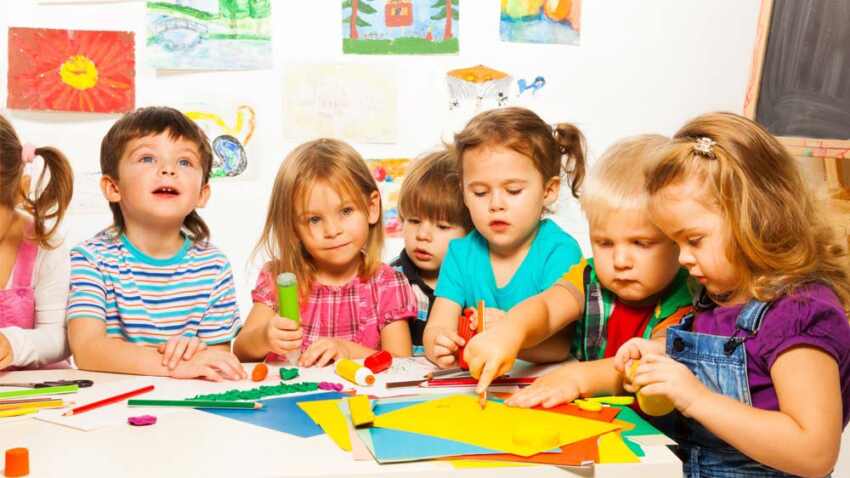The Montessori academic strategy and STEM integration present a strong mixture to equip youngsters with important abilities for the longer term
In today’s rapidly evolving world, it is crucial to equip children with skills that enable them to adapt and thrive in the future. The Montessori educational approach, known for its emphasis on hands-on learning and independent exploration, provides an ideal foundation for integrating STEM (Science, Technology, Engineering, and Math) skills. By combining these two methodologies, children can develop a strong understanding of foundational concepts while fostering critical thinking and problem-solving abilities.
The Montessori Approach
The Montessori approach to education emphasizes creating a prepared, open-ended environment that encourages children to explore and learn at their own pace. This approach aligns seamlessly with the principles of STEM education, which promotes curiosity, investigation, and discovery-based learning. By integrating STEM activities within the Montessori curriculum, educators can further enhance the learning experiences of young children.
STEM Activities in Montessori Education
1. Building Structures with Math Manipulatives
Using materials such as wooden blocks, children can learn essential math skills, such as measuring, counting, and comparing shapes and sizes. By building structures, they develop spatial awareness, critical thinking, and problem-solving abilities. This activity also allows them to understand basic engineering principles as they experiment with different block configurations.
2. Gardening and Plant Biology
Integrating botany into the Montessori curriculum promotes scientific exploration and nurtures a love for nature. Children can learn about the life cycle of plants, experiment with different types of soil and light conditions, and practice measuring and recording growth. This activity provides an opportunity to integrate technology through the use of digital tools in monitoring and documenting the progress of plants.
3. Coding and Robotics
Introducing coding and robotics in the Montessori classroom enhances logical thinking, problem-solving, and computational skills. Children can learn about sequencing, loops, and conditional statements through coding games and interactive robot activities. These experiences cultivate their curiosity, creativity, and ability to collaborate.
4. Weather Studies
Studying weather patterns and phenomena in a Montessori setting allows children to practice data collection, analysis, and prediction. They can learn about instruments used to measure weather conditions and explore the impact of weather on the environment and human life. By integrating technology, children can access real-time weather data and use online resources to further enhance their understanding.
5. Engineering Challenges
Encouraging children to engage in engineering challenges fosters problem-solving, critical thinking, and creativity. Activities such as building bridges, designing paper airplanes, or constructing simple machines provide hands-on experiences to understand concepts like balance, stability, friction, and forces. Through trial and error, children develop resilience, perseverance, and the ability to learn from mistakes.
The Montessori educational approach and STEM integration provide a powerful combination to equip children with essential skills for the future. By incorporating hands-on activities that foster curiosity, critical thinking, and problem-solving, children can develop a strong foundation in science, technology, engineering, and math. The integration of STEM into the Montessori curriculum ensures that children not only gain knowledge but also acquire the skills necessary for success in an ever-changing world.
Nidhin
For More Details Call: +917510220582
